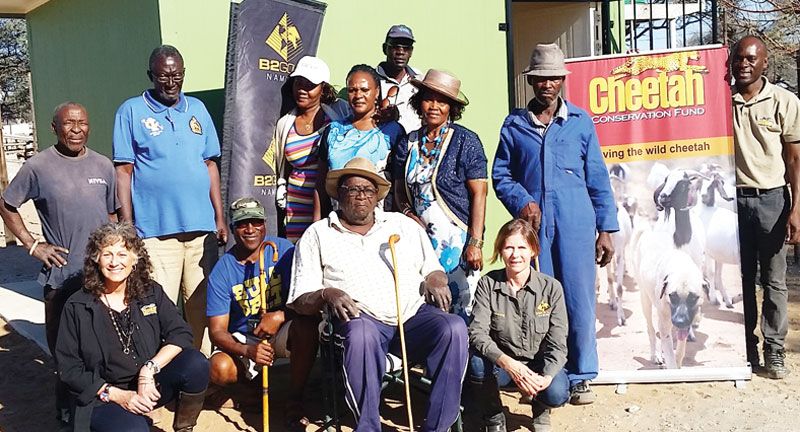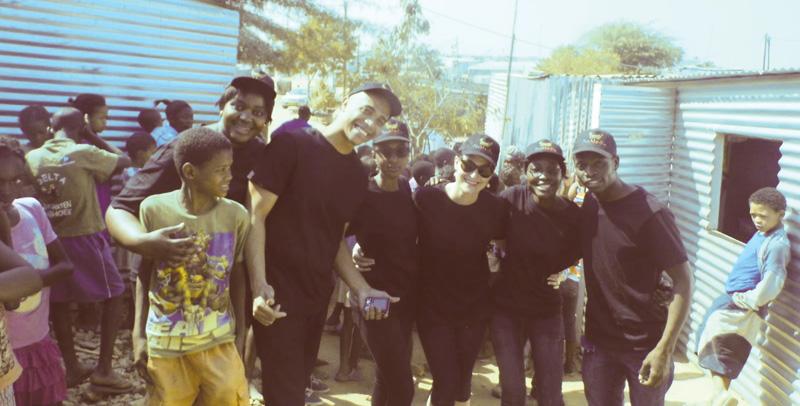
Bush offices for Waterberg conservancies

A conservation partnership between the Cheetah Conservation Fund (CCF), Namplace and Canadian gold miner, B2Gold, erected four prefab buildings in the four conservancies that make up the Greater Waterberg landscape. The four offices will be used as administrative anchor for each of the four conservancies.
The Greater Waterberg landscape covers an extensive tract of land in the eastern communal area of the Otjozondjupa region.
B2Gold donated the four, pre-fabricated structures to serve as community meeting places. The project required two years of planning and took approximately three months to complete. When fully open later this year, the offices will be staffed by community conservancy members.
The CCF’s community liaison officer, Matt Renninger, an architect by training, designed the offices and served as project manager. All four buildings are powered by solar and include a toilet facility and running water. Namplace, a United Nations Development Programme supporting five important landscapes in Namibia, paid for the construction.
The Cheetah Conservation Fund’s Executive Director, Dr Laurie Marker accompanied by Matti Nghikembua, Richard Sciririka and Sheri Lytle of B2Gold, recently visited two of the conservancies to meet the conservancy management teams. The offices are expected to open fully in the next couple of months.
B2Gold helps support the cheetah fund’s Future Farmers of Africa (FFA) programme, which has trained more than 5000 men and women in integrated livestock, wildlife and predator management subjects. The new offices will function as headquarters for the conservancies.
The Greater Waterberg landscape consists of four communal conservancies, Ozonahi, Otjituuo, African Wild Dog and Okamatapati; and includes the commercial Waterberg Conservancy. “These offices will certainly create a positive, long-lasting impact on the local communities We are exceptionally thankful to B2Gold for providing these structures, which will facilitate administration of the Waterberg conservancy programmes and make it easier for more people to participate,” said Dr Marker.












































